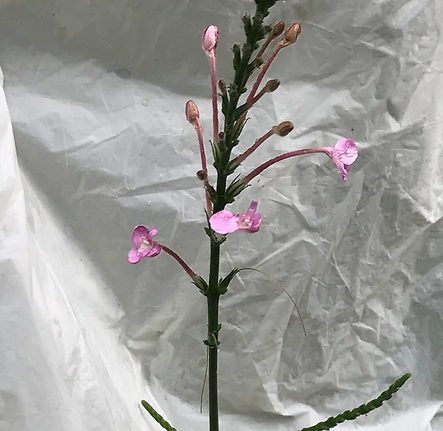
BLANCO
Mariela Paz Izurieta
Argentina, resident 2022
Mariela Paz Izurieta was born in Tres Arroyos, Province of Buenos Aires. She is an artist and photographer and was part of the PAC Artists Program of Galería Gachi Prieto 2018 and the Artists Program of Proyecto Imaginario 2019/2020. She attended Lorena Fernández's Clinic and Workshop of Artistic Practices in 2020/2021. Today she is studying the Andrés Labaké Manglar Clinic program at Galería Acéfala. In 2018 she published her first photobook, Una especie (Rosa Editora). In 2019 she participated in the collective photo-book Jardines de San Telmo (BigSurBooks). Her photographs were part of Mapas de Bs As, Caudal Magazine, Flora Spontanea. She participated in group shows at Gachi Prieto, Elsi del Río, Feria Migra, Delta Libros, Galería Convoi and Galería Urquiza. In 2021 she participated in the La Mesa Ostentará Siempre Un Centro de Flores exhibition at the Centro Cultural Kirchner in Buenos Aires. This year she presented her individual exhibition La Lengua Me Nubla Un Poco La Visión at Casa Social. She carries out her practice in the artist workshop of Paz Soldán.

Material, care and identity
Mariela works with photography and video projected and revealed in biodegradable materials. She seeks with her practice to leave as little impact trace with her materials as possible.
Mariela investigated the flora of Misiones in depth, and discovered that Misiones is the province with the largest number of native flowers in Argentina. There is one particualar species that caught her attention, the Justice flower. Her stay at Ruido Blanco had a clear and precise mission: to find it.
Through her recordings, Mariela points out the importance of caring for and preserving the native flora and fauna as not only an ecological problematic but also a matter of identity.
Her work invites us to reflect on what it is possible to know about our territorial identity by learning about native species, how much we can know on a social level about the rejection of “native weeds” and for preferring a non-native species over a local one ( in an attempt at Europeanization and whitening typical of Latin American societies of the XIX-XX century).
In her search for Justice, Mariela left traces of flowers that are no longer there or could not be found, trying in that simple gesture to mark the absence of a denied and selective social identity, and the need to care for and preserve her own property and the ecosystem.
Text: Irene Gelfman





